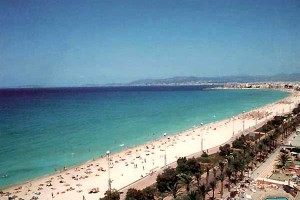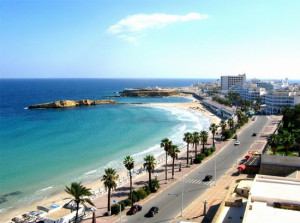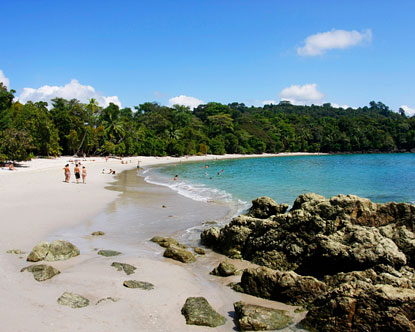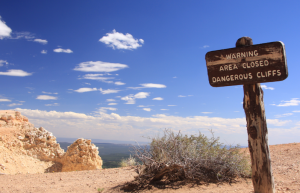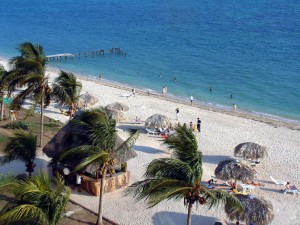So how do you decide what a healthy city is? Usually, like BBC Travel, you use a few figures to find out such as the pervasiveness and ease of use of the mass transit system, access to greenery, and available healthcare.
Singapore ranks in the healthiest cities to live in. With a low infant mortality rate, high life expectancy, and one of the best healthcare systems in the world, Singapore is certainly one of the best cities in which to live. With strict anti-littering and even anti-spitting laws, Singapore runs a tight ship. There are numerous gardens and parks as well as a mass transit system that carries 2 million people to and from work each day. Singapore also has focused on being a biker-friendly city as well as promoting a good balance between work and recreation in daily activities.
Tokyo is rated the number 2 healthiest city by the Guardian in 2012. The greenhouse emissions in Tokyo are significantly lower than in most Asian cities, and the public transportation is legendary. In addition to the implementation of universal health insurance in 1961, strong family and communal ties keep the life expectancy very high at over 84 years old.
Perth is Australia’s and one of the world’s healthiest cities. According to women’s health, Perth is near the best city for healthy eating, mental wellbeing, life satisfaction, and mental health. Perth is near plenty of beautiful Indian Ocean Beaches and actively supports outdoor activity. There are bike shelters at many of the train stations to allow people to bike to the Transperth, Perth’s wonderful public transit system.
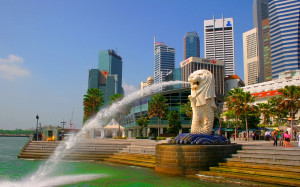
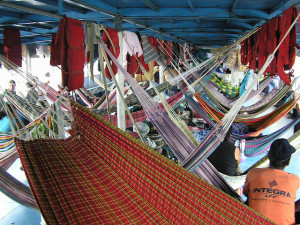 ll be home to four of the World Cup games, but is very remote. While speedboats and cars may be a faster mode of travel than the riverboats, they lack the same authentic allure.
ll be home to four of the World Cup games, but is very remote. While speedboats and cars may be a faster mode of travel than the riverboats, they lack the same authentic allure. llennials believe that Social Security benefits will be reduced when they are of the age to collect, while over 50% of those people don’t believe Social Security will exist at all.
llennials believe that Social Security benefits will be reduced when they are of the age to collect, while over 50% of those people don’t believe Social Security will exist at all.